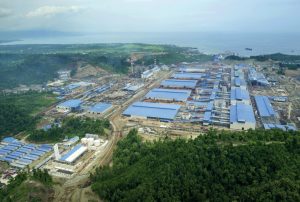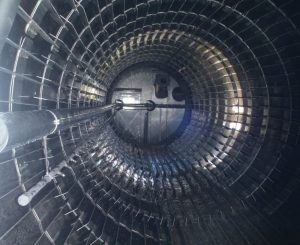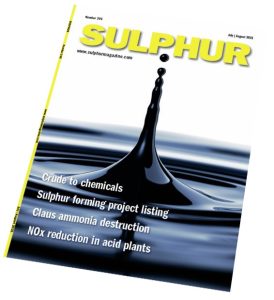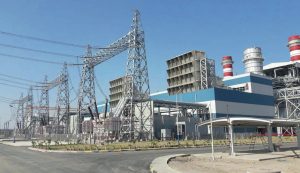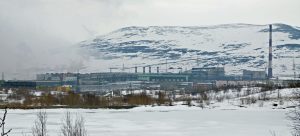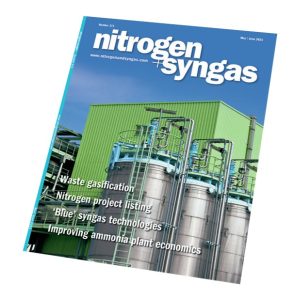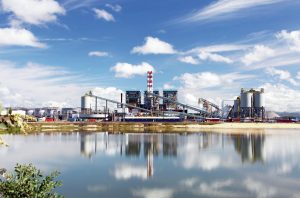Sulphur Industry News Roundup
Saudi Aramco has confirmed a phased development approach for its $100 billion-plus Jafurah unconventional onshore gas project, which is expected to produce up to 2 billion cubic feet per day of gas by 2030, raising the company’s overall gas production capacity by 50% over that time frame. Aramco says that the first development phase for the Jafurah gas plant is likely to come on stream by 2025, and it is progressing with the phased development of a project that will reach a raw gas processing capacity of 3.1 bcf/d.

